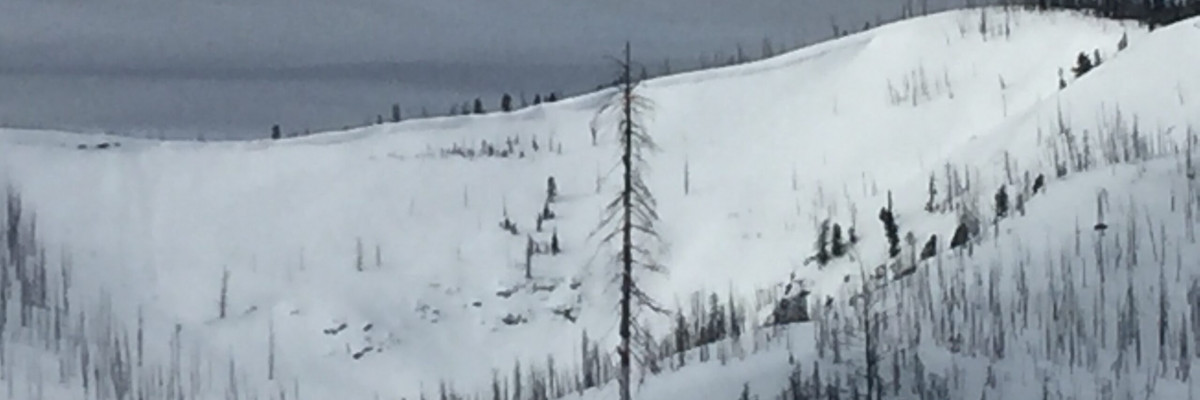The avalanche danger is MODERATE for the West Central Montana backcountry. It is possible to trigger a slide on persistent weak layers in our snowpack. Look for wet loose activity to increase throughout the day on sun-exposed slopes. Identify wind drifted terrain. Carefully evaluate terrain and the snowpack to identify locations where hazards exist.
Good morning, this is Travis Craft with the West Central Montana Avalanche Center’s avalanche advisory for March 16, 2019. This danger rating does not apply to operating ski areas, expires at midnight tonight and is the sole responsibility of the U.S. Forest Service.
Weather and Snowpack
Mountain temperatures range from 19 F to 21 F in the region. In the Bitterroot winds are 5 mph with gusts of 7 mph out of the S. In the northern part of the advisory area, winds are calm.
The primary avalanche problem is persistent weak layers. In isolated shallow snowpacks, we are still getting facets near the ground to propagate(video). In isolated sheltered and protected slopes look for buried surface hoar (video). Dig a pit to see if these layers are present and reactive.
The second is avalanche problem is loose wet on sun-exposed slopes and dry loose on north facing cold slopes. Today as temperatures rise and the sun comes out look for loose wet activity to increase on sun-exposed slopes. These two problems should not be a problem unless they knock you off your skis or machine and take you into a terrain trap. Look for roller ball activity on solar aspects and change aspects to colder ones as the snow surface gets saturated.
The third avalanche problem is small isolated wind slabs. There are small wind slabs on isolated slopes in the central and southern Bitterroot. Look for wind slabs at higher elevations. These formed from a wind event on March 14. Look for evidence of wind transport and identify slopes with wind slabs.
Bottom line: The snowpack is gaining strength. There are still avalanche concerns. Dig a pit before committing to avalanche terrain. Look for signs of wind loading. Change aspects when roller balls show up to a colder aspect. Avoid shallow snowpacks near rock bands and cliffs.
Avalanche and Weather Outlook
Today look for wet loose avalanches to increase throughout the day. Sunday look for cloud cover and freezing temperatures overnight. The avalanche danger will slowly decrease as our snowpack gains more strength. Look for loose wet activity in the afternoons. See the forecast.
If you get out into the backcountry, please share your observations on our public observation page.
Ski and ride safe.
























